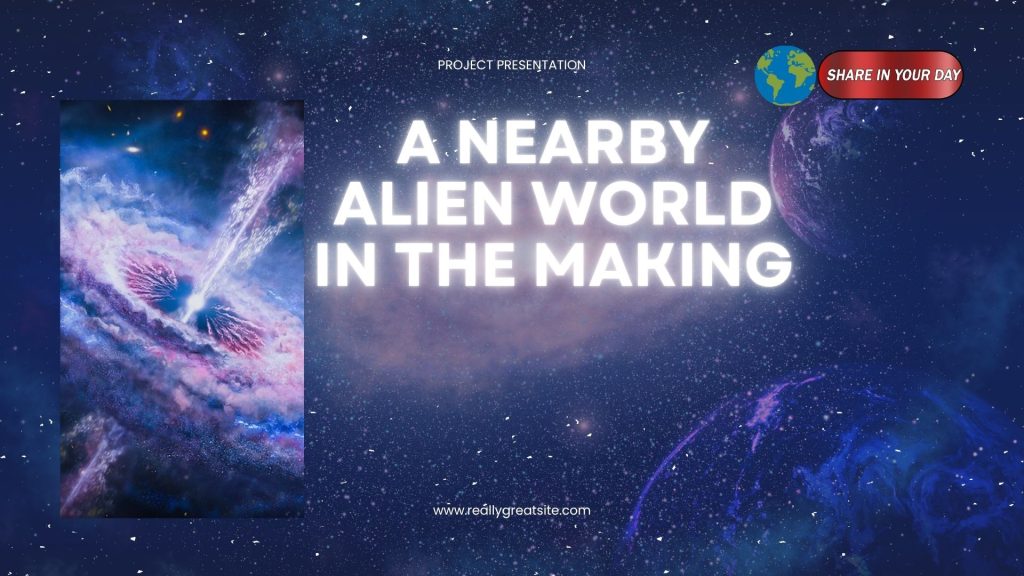A Nearby Alien World in the Making
Astronomers have just added a compelling candidate to the catalogue of potentially habitable planets. Orbiting the nearby red dwarf star GJ 251 (also known as L 465-28) is a newly identified super-Earth, designated GJ 251 c, that sits a mere 18 light-years away from our Solar System.
With a minimum mass around 3.84 times that of Earth and an orbital period of about 53.6 days, GJ 251 c resides in the star’s habitable zone — the region where temperatures might allow liquid water to persist on the surface, assuming the planet has an atmosphere capable of supporting it.
Why This Discovery Matters
1. Close Proximity
At just ~18 light-years, the GJ 251 system is cosmically nearby — making it an excellent target for detailed follow-up observations and future imaging efforts.
2. In the Habitable Zone
Many exoplanets are either too hot (close to their star) or too cold (far away) to plausibly host liquid water on their surface. GJ 251 c falls within that “Goldilocks” zone for its star — offering a stronger case for habitability than many other super-Earths.
3. Rocky Composition Likely
While the precise radius and composition of GJ 251 c are still uncertain (because it does not transit its star), its mass suggests a solid, rocky planet rather than a gas giant — an important attribute if we’re considering Earth-like conditions.
The Host Star and Planetary Details
The host star GJ 251 is a red dwarf with roughly one-third the mass and diameter of the Sun. Because red dwarfs are cooler and dimmer, their habitable zones lie much closer in — which helps astronomers detect planets more easily through radial-velocity methods (shorter orbits, stronger signal).
The discovery was made using long-term radial-velocity measurements: the tiny gravitational tug of the planet causes minute shifts in the star’s motion. Researchers stacked over 20 years of data and supplemented with high-resolution recent observations.
What We Don’t (Yet) Know
- GJ 251 c has not been observed to transit its star, so we lack accurate measurements of its radius, density and atmospheric properties.
- We do not yet know if the planet has an atmosphere, or the conditions of its surface (if solid) or potential for water
- Because the host star is a red dwarf, we must consider that such stars can be more active (flares, high radiation) which may complicate habitability prospects.
What Comes Next?
The research team emphasises that GJ 251 c is an exciting candidate rather than a confirmed habitable world. But given its proximity and favourable orbital position, it is one of the best targets for next-generation telescopes and direct-imaging campaigns
Future observations will aim to:
- Detect or characterise an atmosphere (if present)
- Determine whether the planet’s surface conditions (temperature, composition) could support liquid water
- Search for signatures of geological activity or surface features
- Assess the stellar environment (activity, radiation) to understand how hospitable it might be
Why This Discovery Resonates
Finding a super-Earth so close to us and in the habitable zone is relatively rare. Most exoplanets discovered to date either fall outside habitable zones or are far too distant to study in detail. The arrival of GJ 251 c thus offers a promising stepping-stone in the quest to find Earth-like worlds and maybe even signs of life beyond our planet.
If you like, I can pull in a diagram or artist’s rendering of the GJ 251 system, and we could explore its potential habitability in more detail too. Would you like me to do that?Attach
Search
Study
V





